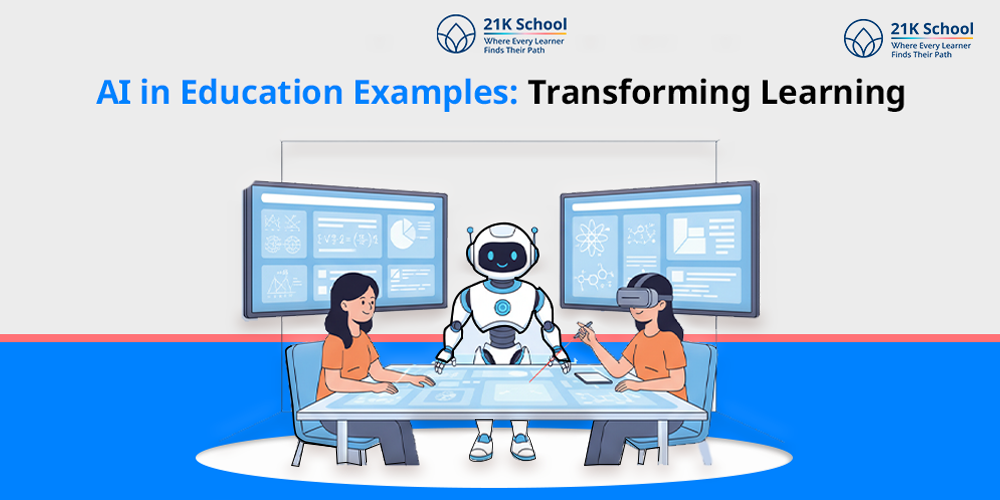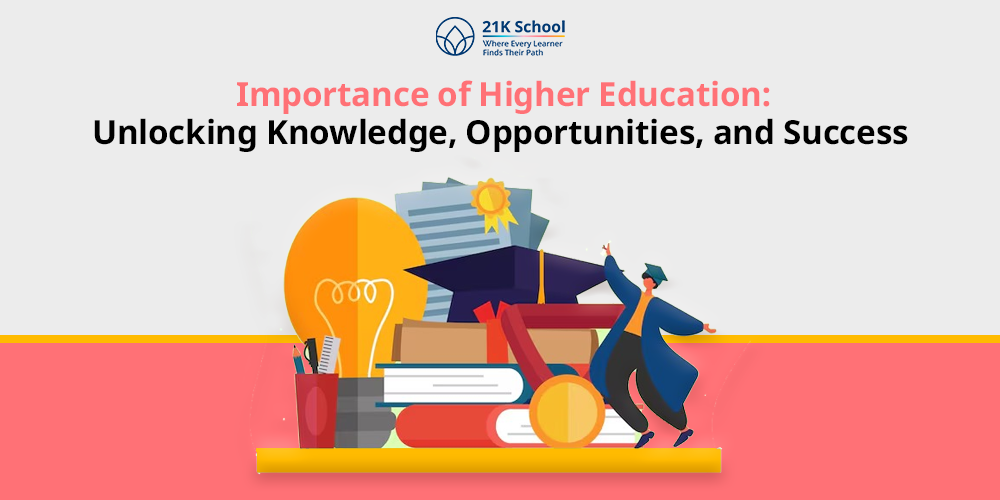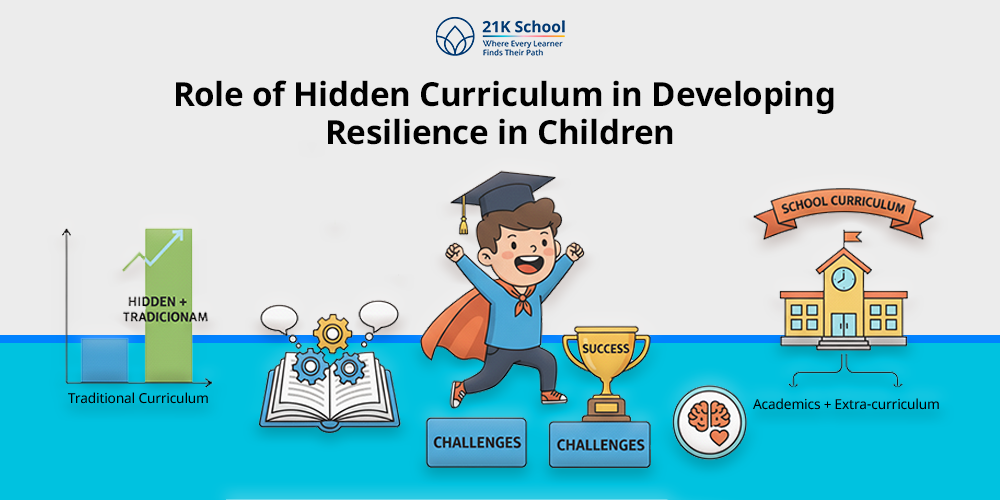
Visual thinking routine is a structured procedure of thinking visible and making a routine for enhancing thinking and learning skills. Visual thinking is a flexible and conceptual framework that enables students to think out of the box.
Visual thinking routine is an inquiry-based learning and helps in enhancing the teaching methods and learning process. This enables students to think in an effective way and enhances their rote skills.
Visual thinking is also known as visible thinking, which has three main practices such as thinking routines, the documentation of student thinking, and reflective professional practices.
Visual thinking or visible thinking is not limited only to academics, but it also works in professional life.
Visual thinking routine (VTR) helps students to enhance their communication skills, collaboration skills and enhances the cognitive development of students.
Contents
What is Visual Thinking Routine?
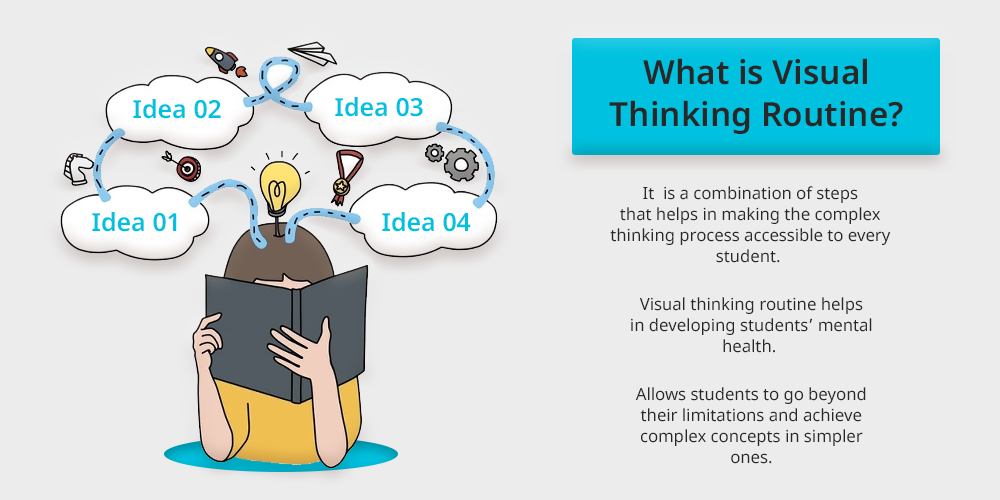
Visual thinking routine is also known as visible thinking routine (VTR). Visual thinking routine is a combination of steps that helps in making the complex thinking process accessible to every student.
This allows students to go beyond their limitations and achieve complex concepts in simpler ones. Visual thinking routine helps in developing students’ mental health and well-being, as well as assists in developing creative thinking skills.
Visible thinking strategies also help in encouraging open-ended questions and promote inclusive learning. VTR was first developed by an initiative of Harvard Graduate School of Education in 1967, known as Project Zero.
According to this research, they find that individuals think according to the approaches, observation, analysis and questioning.
Benefits of Visual Thinking Routine
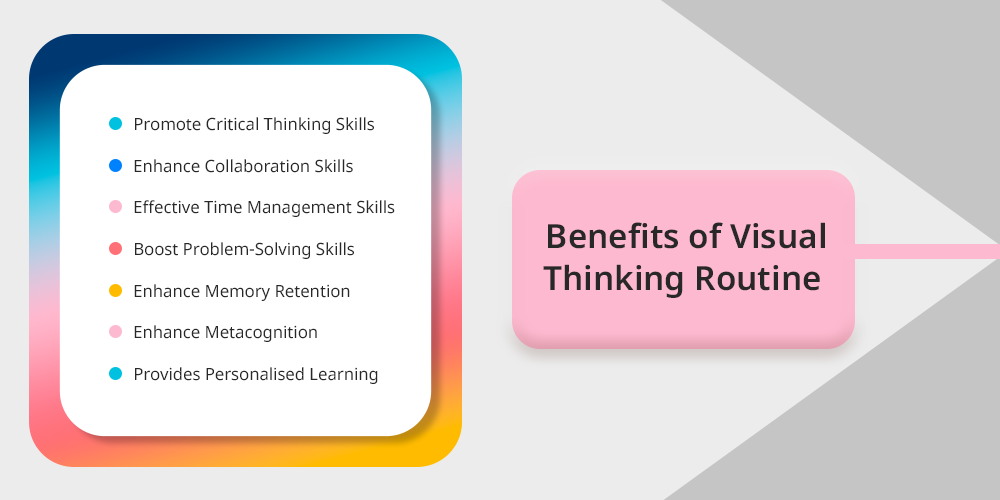
Visual thinking routine or visible thinking routine, allows students to enhance their thinking process through visualisation and grasp difficult concepts into simpler ones.
This helps students develop collaboration skills, enhance knowledge retention, boost memory power, and make ideas more accessible.
This helps in eliminating constant decision-making and provides a structured way of sharing knowledge. Below, you can check the benefits of a visual thinking routine.
1. Promote Critical Thinking Skills
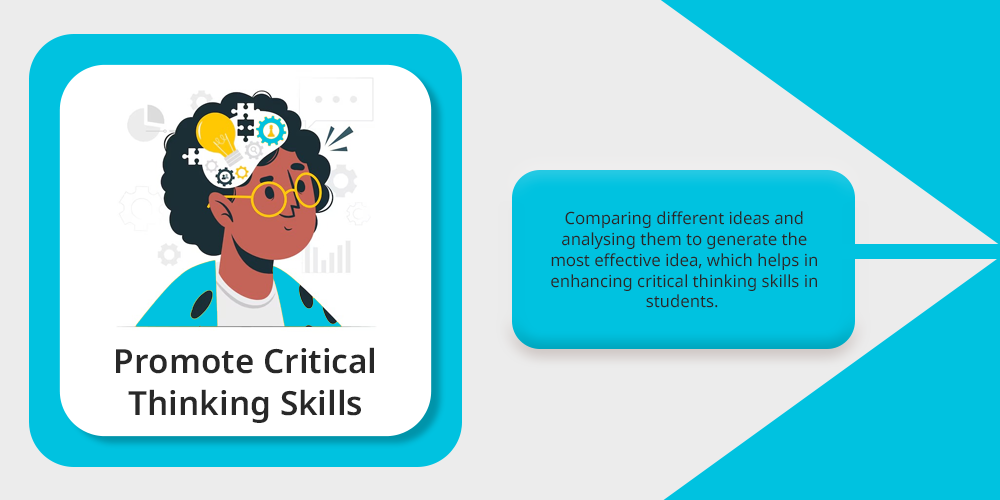
Visualisation aids students in comparing different solutions and analysing the contrasting ideas. Thinking skills rely totally on the process of implementing solutions to the problem rather than finding why the problem arises.
Comparing different ideas and analysing them to generate the most effective idea, which helps in enhancing critical thinking skills in students. This enables students to think about the problems and develop effective solutions as per the concepts.
Also, there are various critical thinking activities for kids through which they can enhance their critical thinking skills.
2. Enhance Collaboration Skills
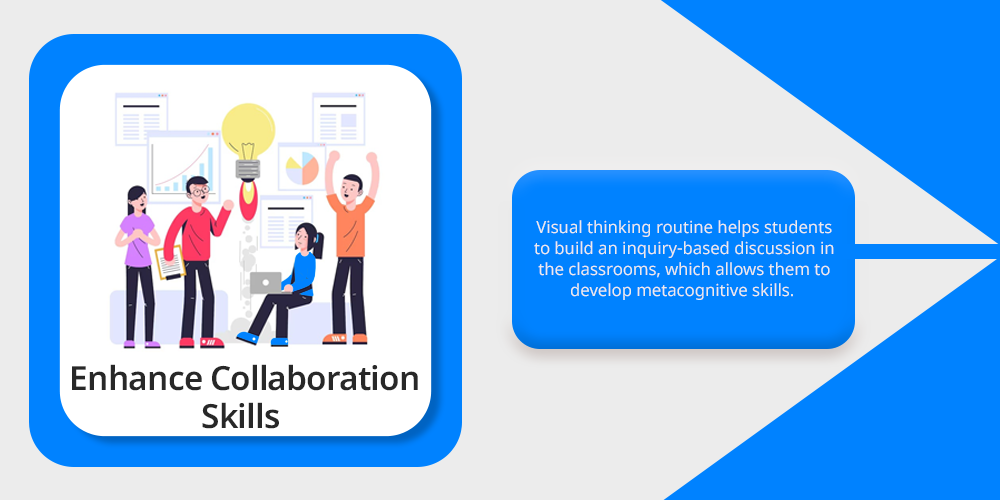
Effective visual thinking allows individuals to collaborate with others. Visual thinking routine helps students to build an inquiry-based discussion in the classrooms, which allows them to develop metacognitive skills.
VTR also enables students to make decisions according to their thinking and learning methods, as well as aids in understanding others’ thought processes.
3. Effective Time Management Skills
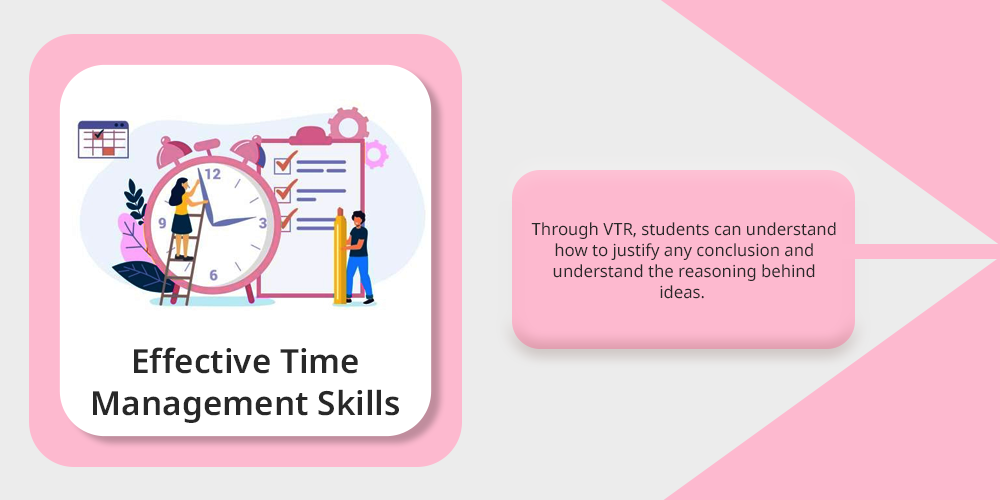
Visual thinking routine allows students to enhance their time management skills. Through VTR, students can understand how to justify any conclusion and understand the reasoning behind ideas.
This enables students to solve complex problems in a simpler way, and it saves them a lot of time. This initiative helps students to develop effective time management skills as well as helps in building a proper study routine.
4. Boost Problem-Solving Skills
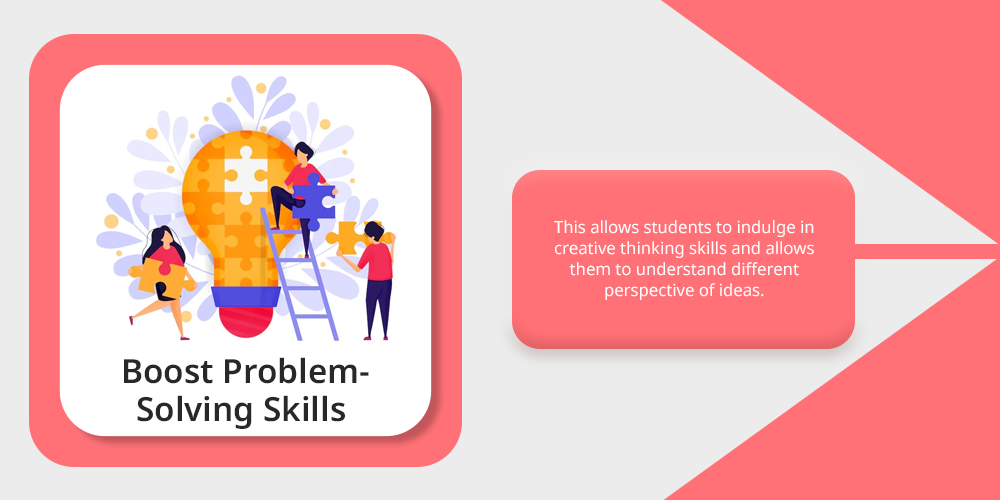
Visual thinking methods improve problem-solving skills by assisting students through organising their thoughts and allows them to understand various viewpoints and form connections.
This allows students to indulge in creative thinking skills and allows them to understand different perspectives of ideas. VTR also helps in promoting dynamic education as well as developing holistic education.
5. Enhance Memory Retention
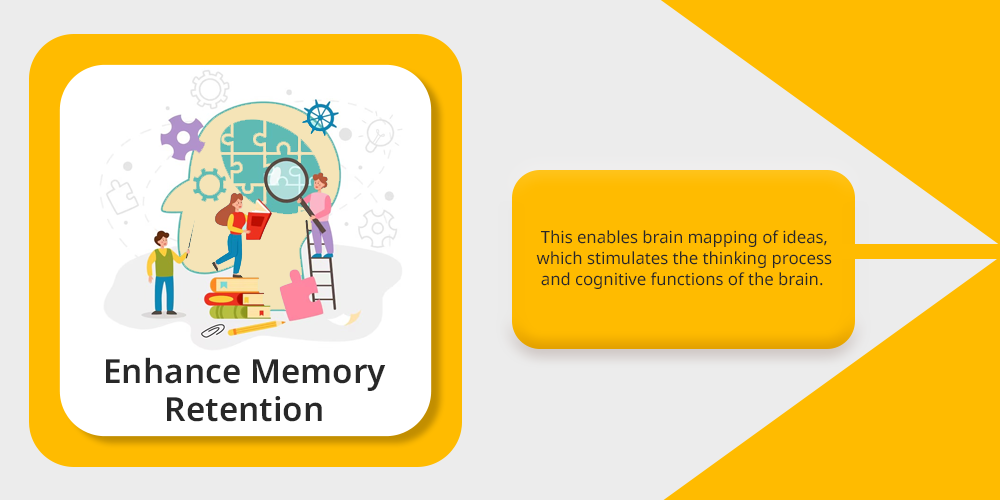
A quick visualisation of ideas helps in enhancing memory retention. This enables brain mapping of ideas, which stimulates the thinking process and cognitive functions of the brain.
It is useful as it adds in making connections between ideas and thoughts. A visualisation of any ideas allows students to make complex contexts more memorable.
6. Enhance Metacognition
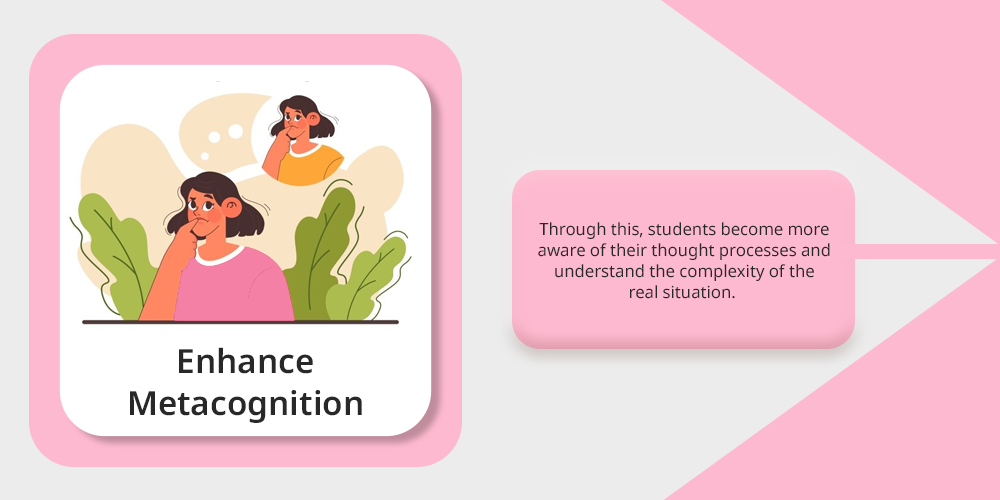
Visual thinking routine helps in enhancing the metacognition of the brain. Through this, students become more aware of their thought processes and understand the complexity of the real situation.
Understanding and analysing the concepts allows students to develop their learning skills.
7. Provides Personalised Learning
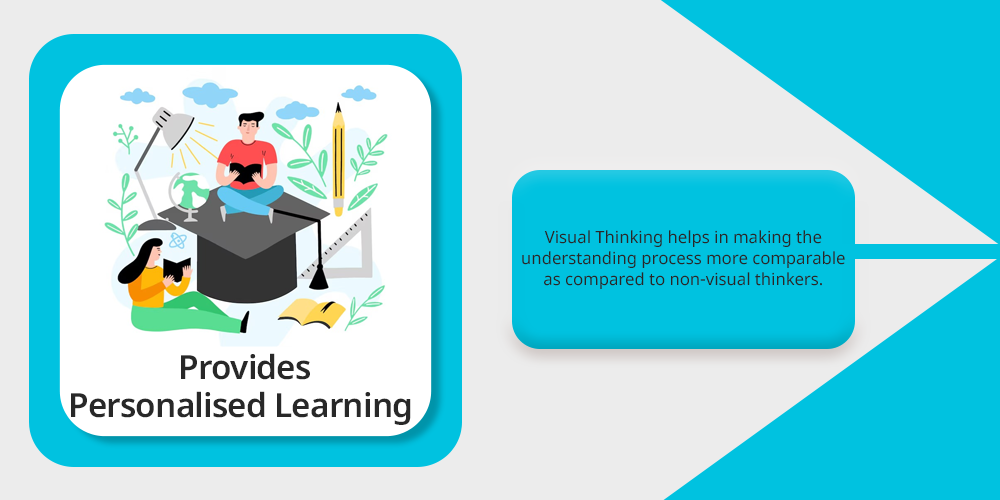
Visual Thinking helps in making the understanding process more comparable as compared to non-visual thinkers. As visible thinking enables students to get easy access to information, as makes them more engaged.
This caters to more flexible opportunities and gives a personalised learning to individuals without any hindrances.
How to Improve Visual Thinking Routine?
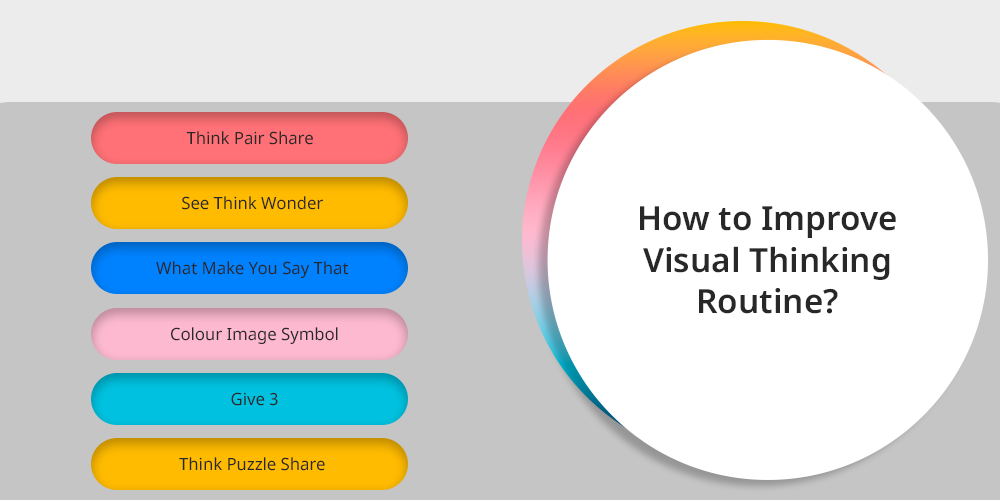
Visual thinking routine is essential for students, it helps them understand the concepts more easily. This allows them to create ideas through visualisation and analysing the concepts of the thinking process and mind mapping.
It is essential for students to improve their visual thinking routine through various activities and strategies. Here you can check the ways to improve the visual thinking routine.
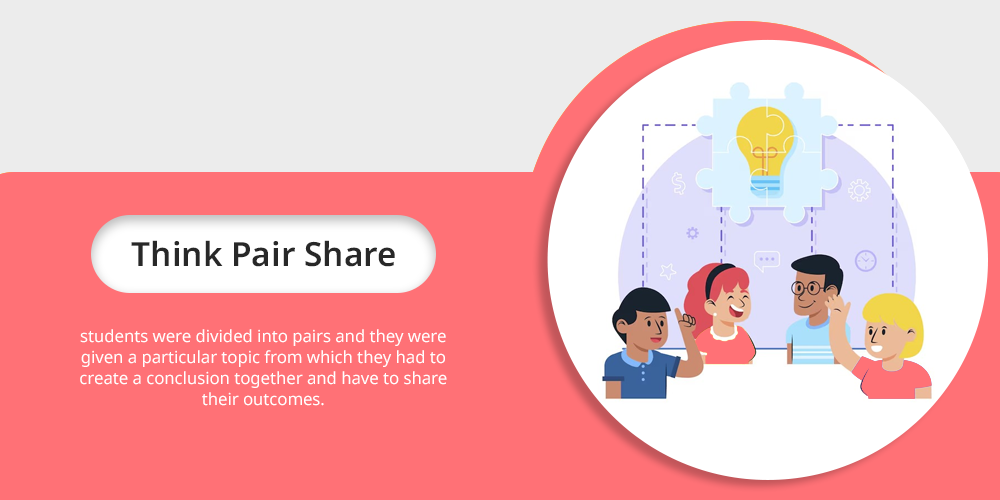
Think pair share is an incredible strategy that can be used to enhance visual thinking skills in students.
In this method, students were divided into pairs and they were given a particular topic from which they had to create a conclusion together and have to share their outcomes. This teaches students to work in a team and gives them intellectual freedom.
2. See Think Wonder
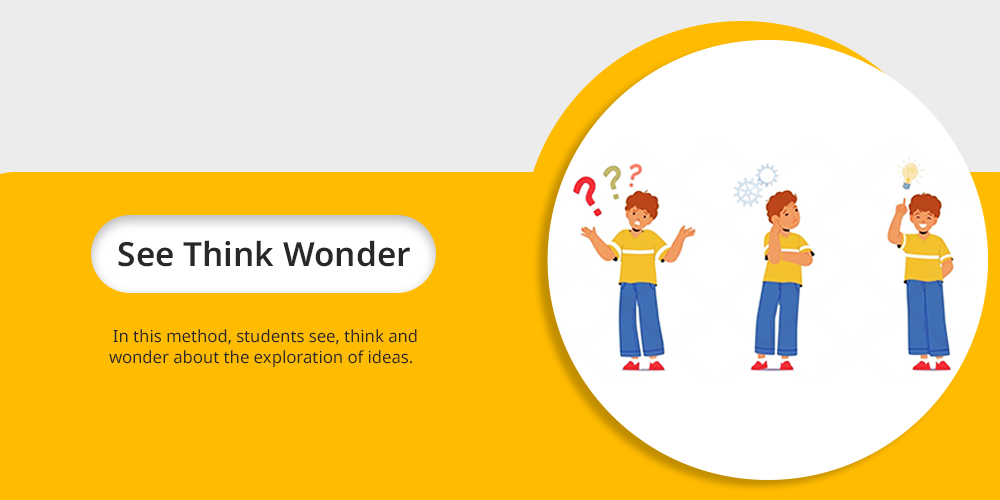
See Think Wonder is an incredible way of developing visual thinking skills through explorations of new ideas. In this method, students see, think and wonder about the exploration of ideas.
According to this, students observe what they have learned and think according to the observation and wonder about the thing.
3. What Make You Say That
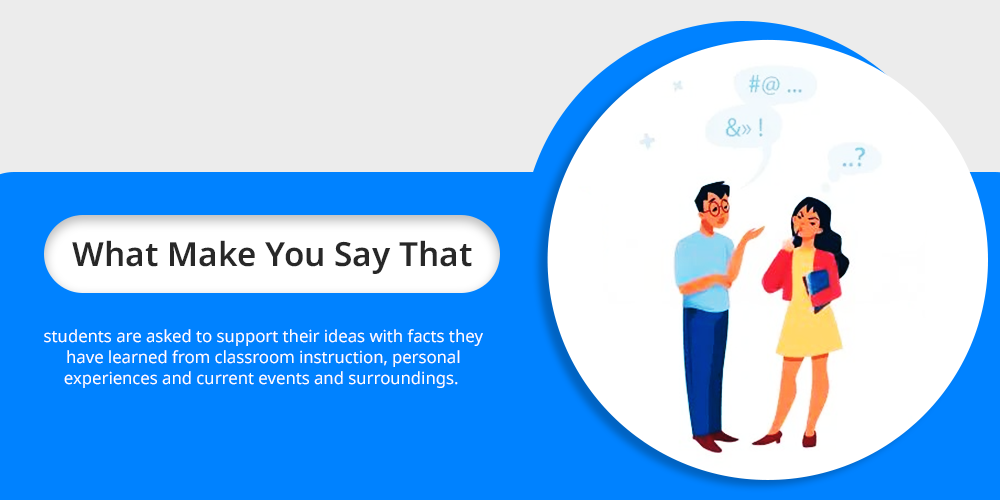
This one is another effective visual thinking routine activity that enables students to think according to someone’s way of talking.
In the visible thinking routine, students are asked to support their ideas with facts they have learned from classroom instruction, personal experiences and current events and surroundings.
This helps in developing stimuli and helps in making brain coordination and hence enhances childrens mental health.
4. Colour Image Symbol
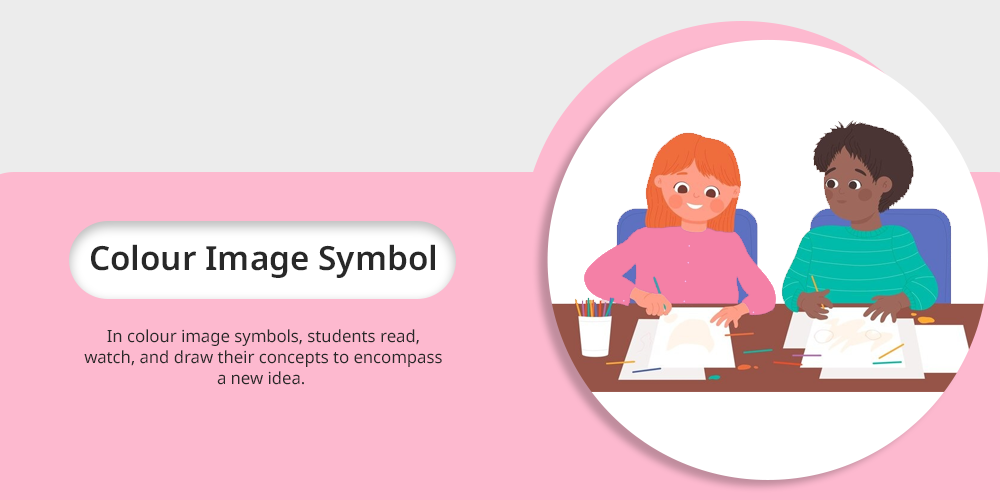
Colour image symbol is an incredible art-based activity that helps in developing ideas and visual representations of analysing concepts. In colour image symbols, students read, watch, and draw their concepts to encompass a new idea.
In this activity students can draw symbols, objects, build words, and complete images using their knowledge and creativity. This method aids in visual development and allows for the development of creative thinking skills.
5. Give 3
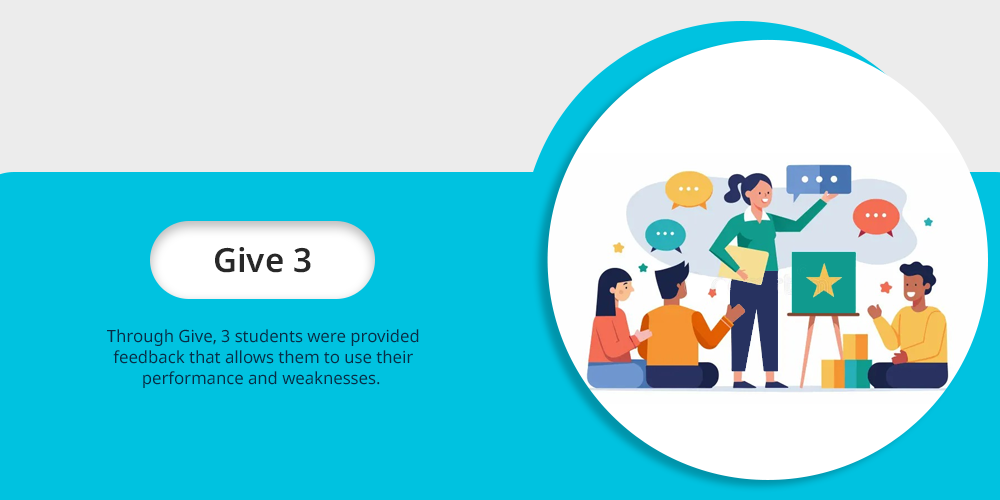
Give 3 is another incredible visual thinking routine that allows individuals to work on feedback. Through Give, 3 students were provided feedback that allows them to use their performance and weaknesses.
Through feedback, students foster interactions and communication skills. Suggestions from teachers, parents, and even peers aids students to enhance their thinking skills and promotes collaborative learning. This assists students in taking comments as a thinking visualisation.
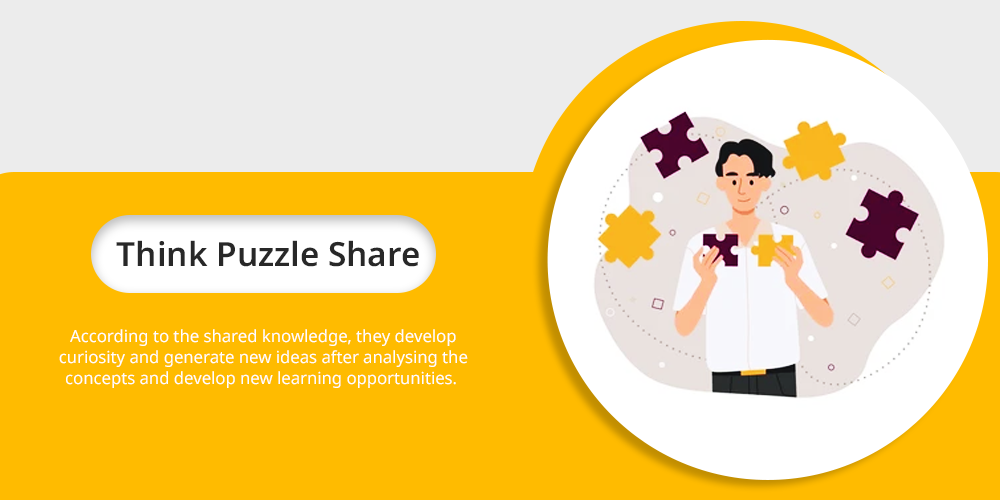
Think puzzle Share is another interactive activity that enhances deeper thinking skills among students. Through this aspect, students under the concept through already existing knowledge shared by them.
According to the shared knowledge, they develop curiosity and generate new ideas after analysing the concepts and develop new learning opportunities.
This visible thinking routine works for primary students as well as secondary students, as they have to understand complex concepts in history, geography, science, social studies, etc. Students can also learn about the various ways to encourage curiosity in childrens.
Examples of Visual Thinking Routine
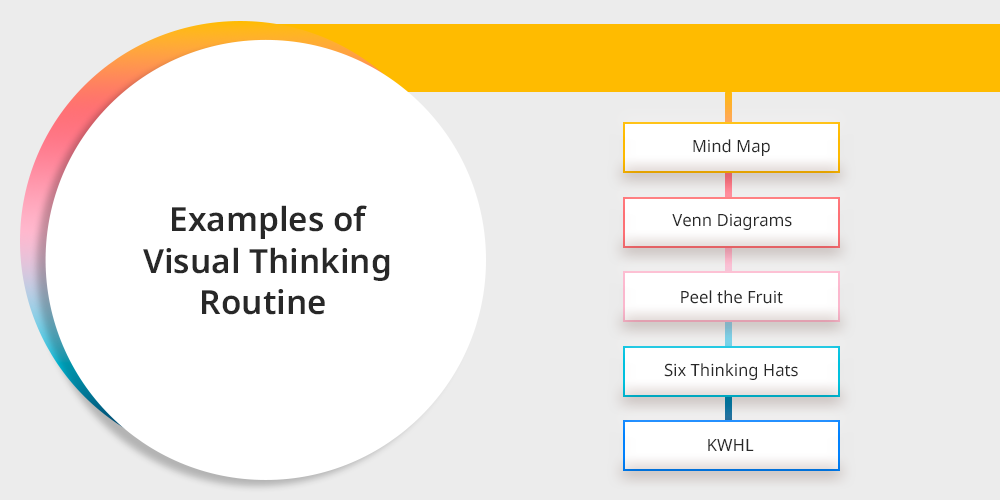
Visual thinking routine (VTR) is an incredible way to enhance learning outcomes. It aids in generating new ideas and analysing concepts in order to build integrated projects more efficiently.
There are various examples of visual thinking routines that enable students to effectively understand the thinking process.
1. Mind Map
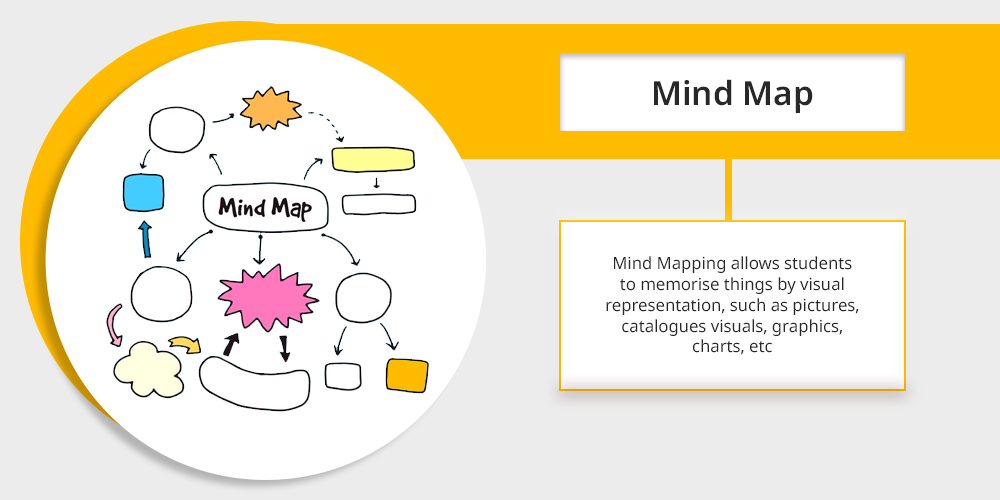
Mind Map is a strategy of preparing visual diagrams in the mind for effective visualisation. Mind Mapping allows students to memorise things by visual representation, such as pictures, catalogues, visuals, graphics, charts, etc.
This makes concepts easy for students to memorise and develops ideas for new topics. This enables kids to contextualise knowledge through simple approaches.
2. Venn Diagrams
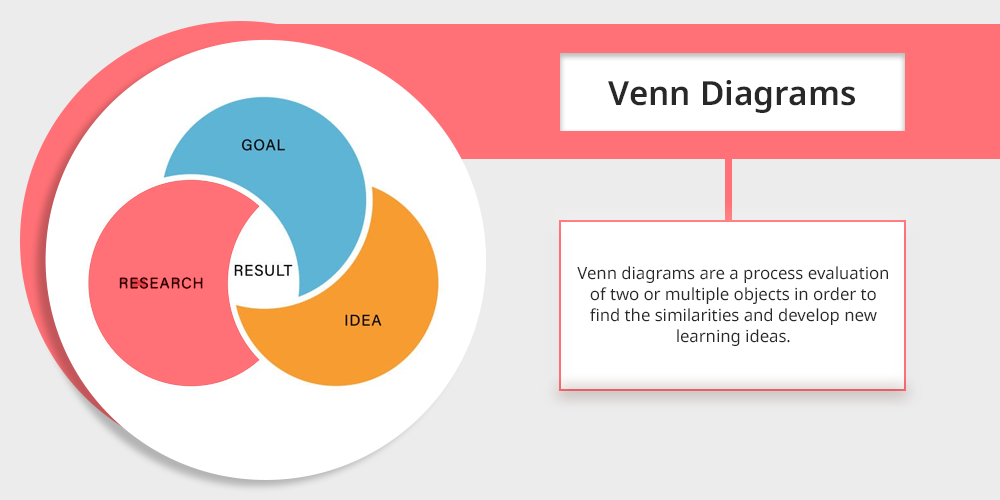
Venn diagrams are a process evaluation of two or multiple objects in order to find the similarities and develop new learning ideas. It shows the logical representation of between two objects.
This allows kids to compare two things and develop new ideas out of the existing ones. Venn diagrams are widely used in Maths, data, Illustrations and graphs. Venn diagrams assist students in enhancing their cognitive skills and promoting self-directed learning.
3. Peel the Fruit
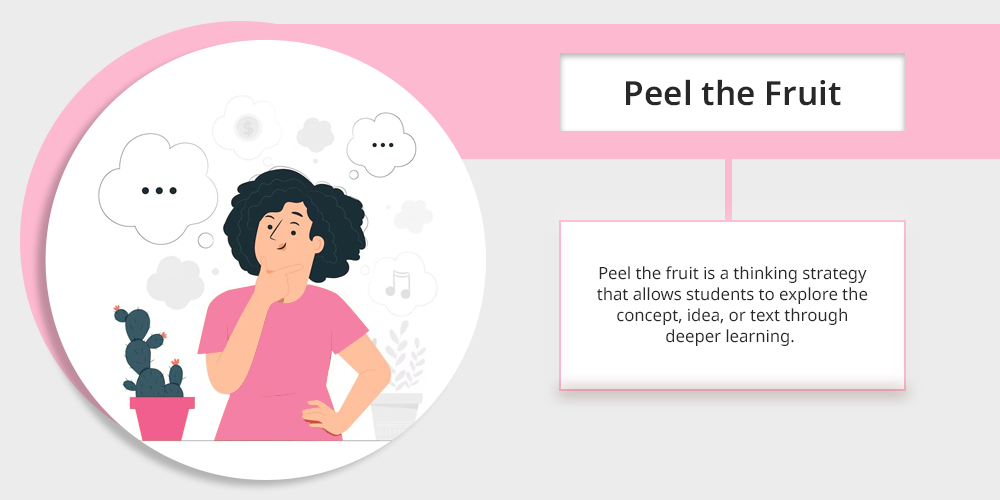
Peel the fruit is an incredible way to enhance visual memory. Peel the fruit is a thinking strategy that allows students to explore the concept, idea, or text through deeper learning.
According to this student has to peel back the layers of the context and gain a deeper understanding of the material. This allows them to draw new conclusions from he existing and analyse the contexts more effectively.
4. Six Thinking Hats
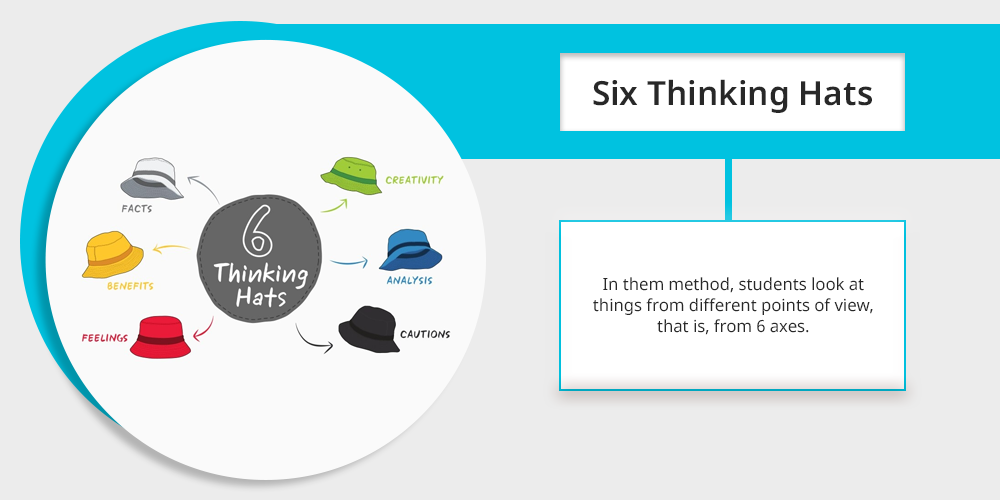
Six thinking hats is an effective example of a visual routine. In them method, students look at things from different points of view, that is, from 6 axes. Six thinking hats is a simple and effective thinking process that enhances problem-solving abilities in students.
This allows students to become more productive and enhance their concentration level. This allows them to develop a correlation between facts and logic as well as helps in achieving flow in education.
5. KWHL
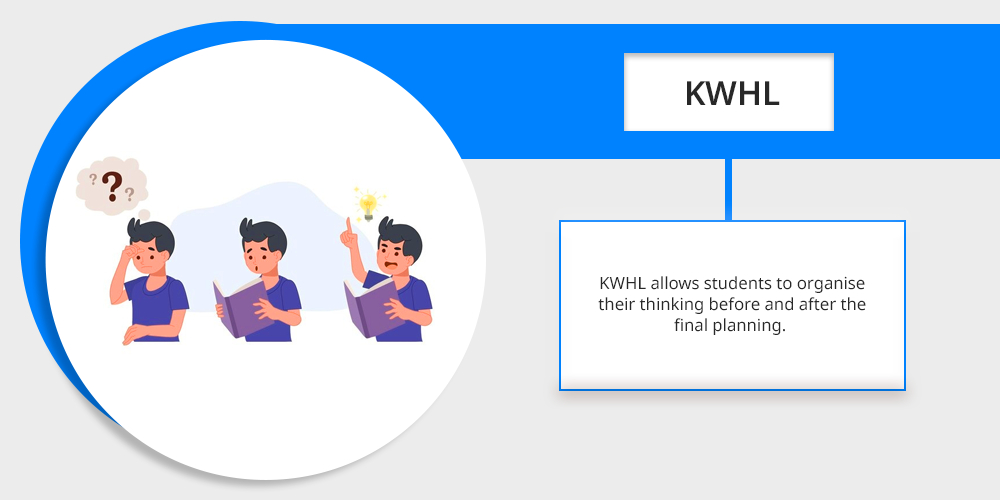
KWHL stands for Know, What, How and Learn. KWHL allows students to organise their thinking before and after the final planning.
KWHL aids students in exploring the research process and finding concepts for specific requirements for enhancing projects, and allows individuals to create new perspectives according to the approaches.
Final Thoughts
Visual Thinking Routines (VTR) are an effective way to help students develop their critical thinking collaborative and cognitive abilities.
By transforming complex concepts into easily understood visual representations VTR enables people to understand the material more thoroughly and solve problems in novel ways.
Structured methods like See, Think, Wonder and Mind Mapping not only encourage participation but also accommodate different learning preferences making education more inclusive and individualized.
Thus in addition to improving academic achievement VTR gives students the tools they need for their careers which in turn promotes lifelong learning and mental health.

